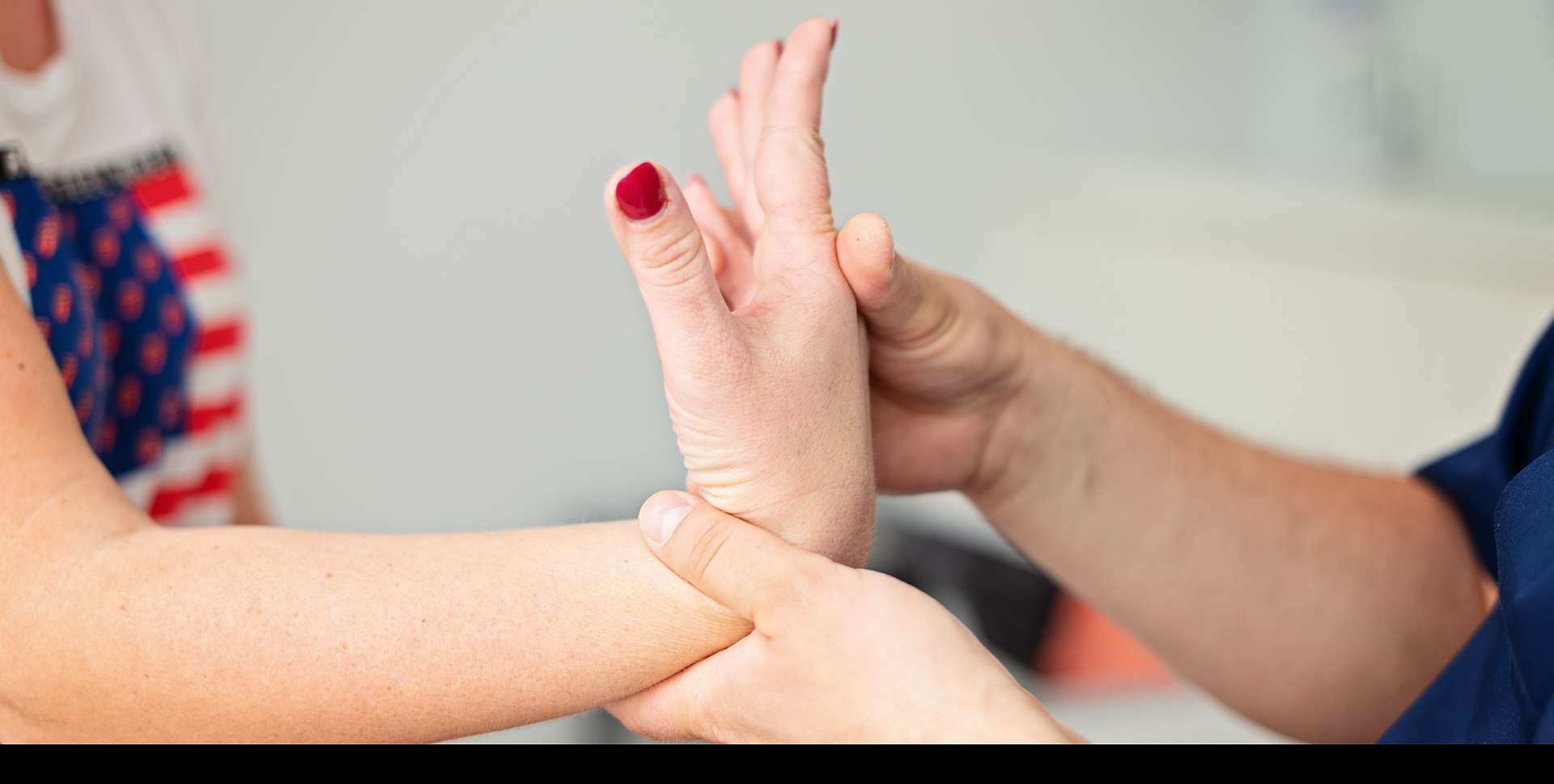Trigger Finger Surgery



Trigger Finger is a condition caused by the narrowing of the anatomical tunnel formed by the ligament system, which allows smooth movement of the finger flexor tendons through their sheath. Impaired gliding results in characteristic “snapping” or locking of the finger during flexion and extension. In advanced cases, the finger may become “locked” in a flexed position, unable to extend.
Qualification for Surgery
The decision for surgery is made by a doctor during an orthopedic consultation. Initially, a patient interview is conducted to identify symptoms and situations where they occur or worsen. This is followed by a physical examination to assess finger mobility, the presence of snapping, tenderness, and swelling.
The procedure
Trigger finger surgery is a short, minimally invasive procedure aimed at releasing the tendon trapped within its sheath. After preparing the surgical site and administering local anesthesia, the surgeon cuts the pulley that is compressing the tendon, causing the snapping during finger movement. The procedure typically lasts 15–30 minutes and does not require hospitalization. Patients can quickly return to daily activities, though mild swelling and stiffness may persist for a few weeks.
Indications for Surgery
- Symptoms persisting despite conservative treatment
- Significant limitation of finger mobility
- Pain during finger movement
- Snapping or locking of the finger in a flexed position
- Symptoms lasting more than a few months or recurring
Recovery
Immediately after the procedure, the finger may be slightly swollen and tender. Full recovery typically occurs within 2–3 weeks. Postoperative exercises are recommended to prevent finger stiffness.










